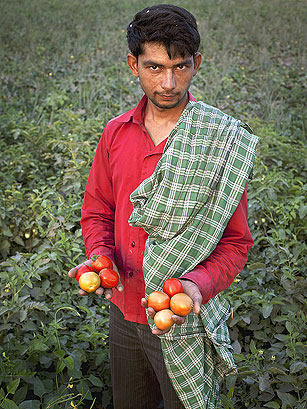
It’s mid-March in Muzaffarpur, and the lychee trees are almost in bloom in this remote corner of northern India. When the flowering begins, beekeepers like Manoj Kumar Singh will take their hive boxes to the edges of the nearby orchards, leaving their bees to produce the region’s renowned lychee honey. Beekeeping is a tradition in Muzaffarpur, and for decades, so was poverty. “If you had guests, you’d wonder, How are we even going to offer them a cup of tea?” he says. But honey prices have tripled in the past few years, and that’s afforded Singh, 33, enough income to hire a full-time employee, purchase new plots of land, build an addition to his brick house and buy a new motorbike to ride around his village.
Singh’s reversal-of-fortune story is all the more remarkable because it is set in a village, not in one of India’s urban centers like Bangalore, Mumbai or Delhi. It’s a sign of change as the nation’s development experts and multinationals turn their attention to rural India. It’s there that the income gap between Rising India and the Other India is most pronounced. From 2005 to 2010, India’s consuming class grew even faster than expected, to more than 216 million people. But so did the ranks of the desperately poor — a population more than twice that size, most of it in rural India — whose incomes aren’t enough to buy much of anything.